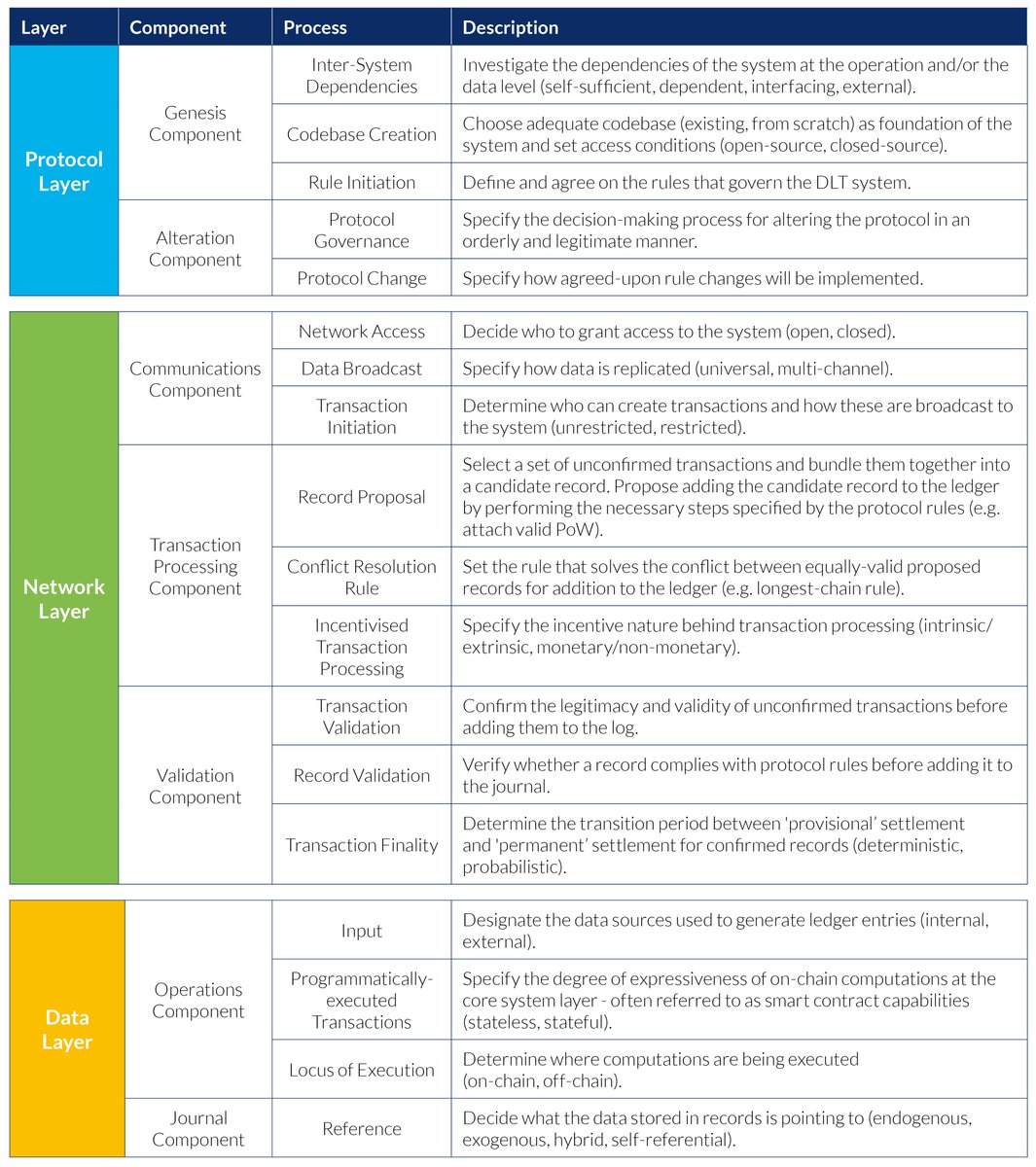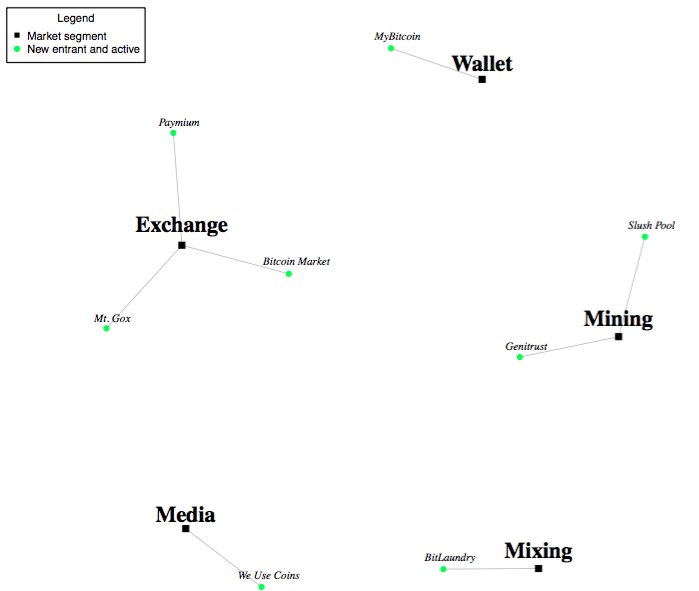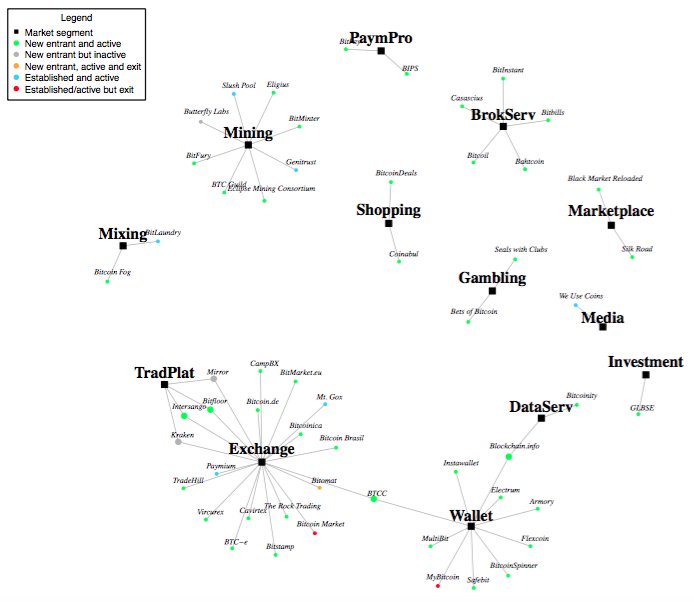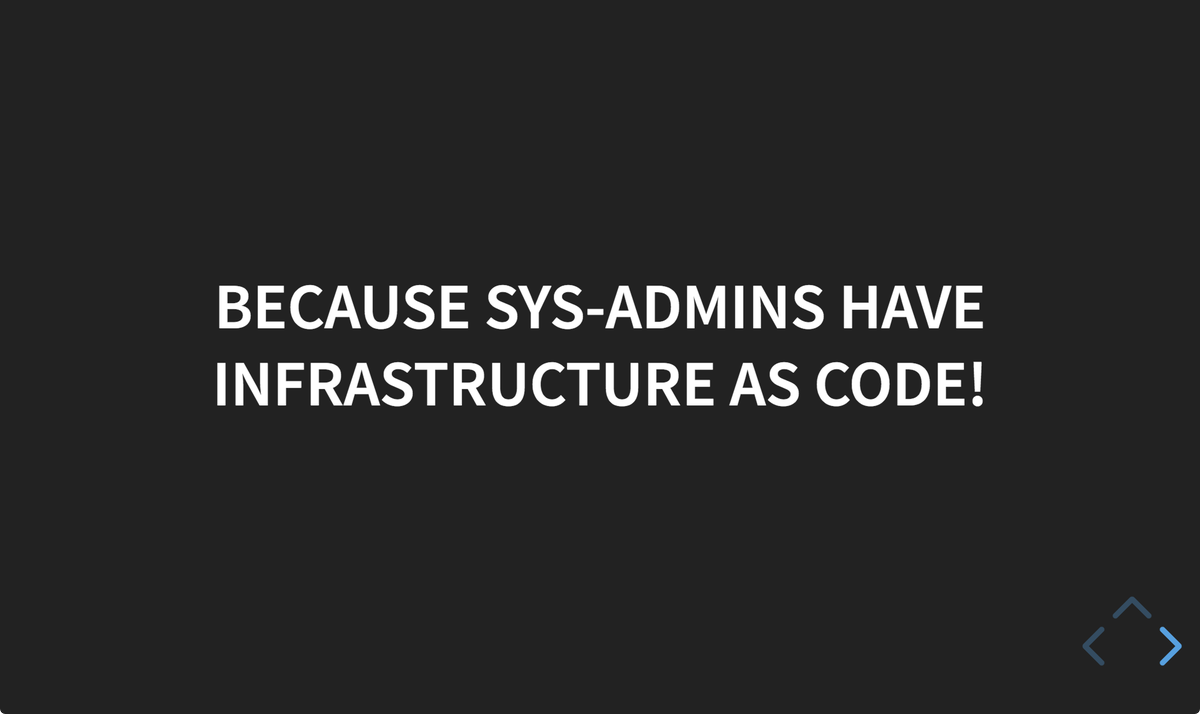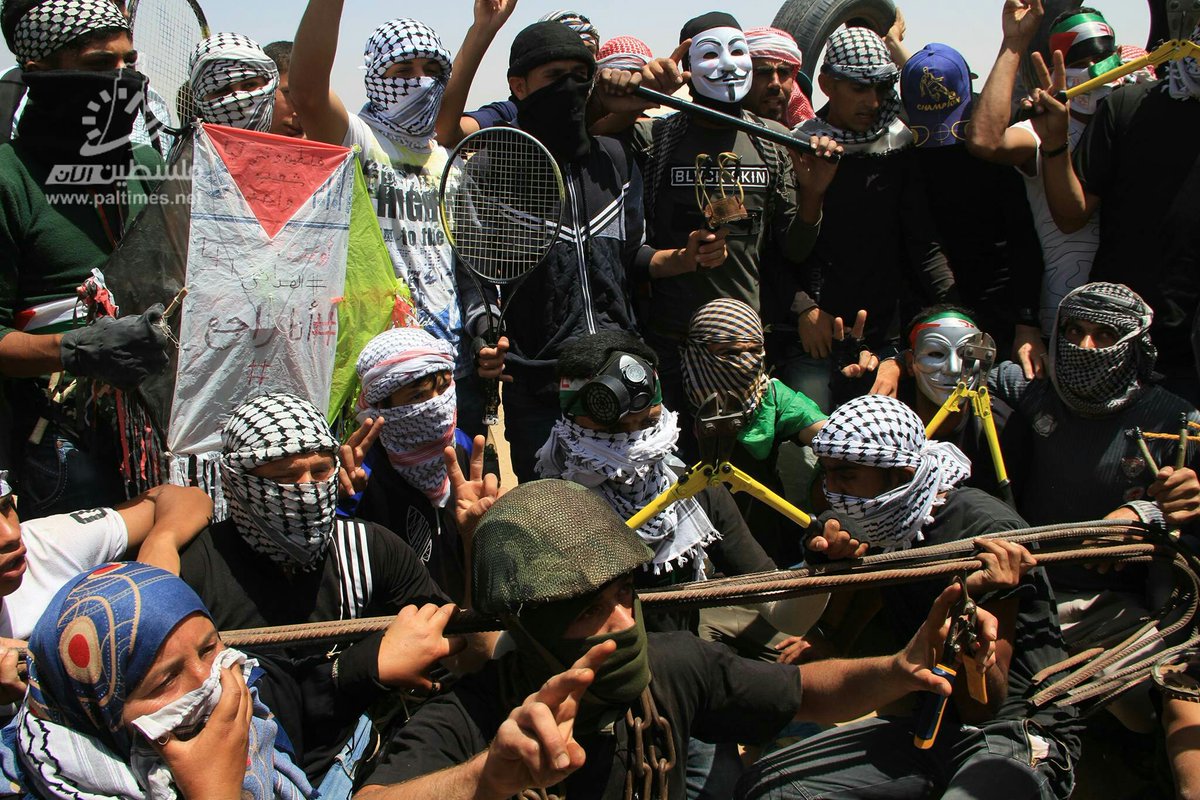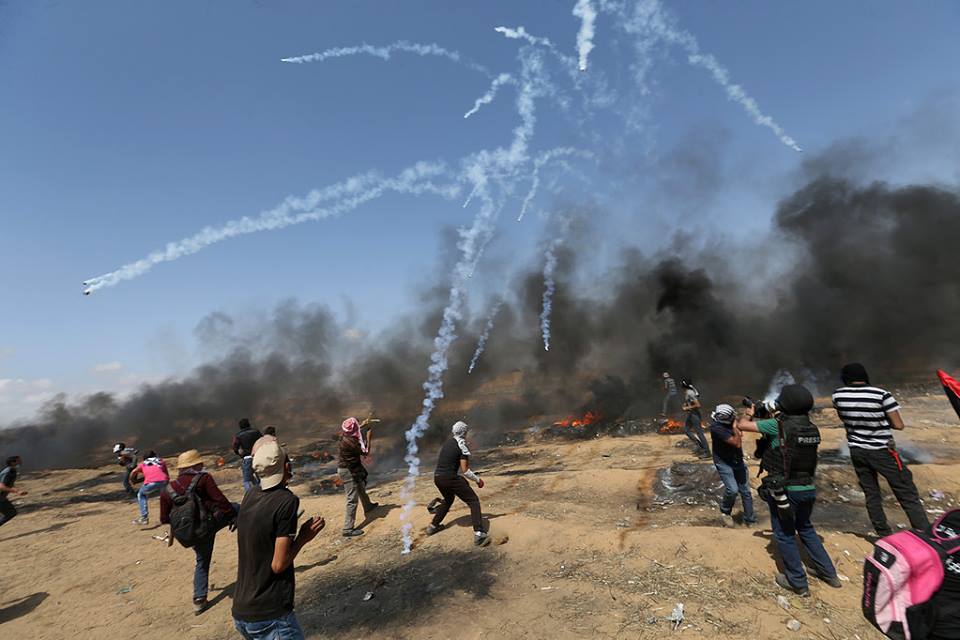Full report: jbs.cam.ac.uk/faculty-resear…
Alternative link: papers.ssrn.com/sol3/papers.cf…
As a result, new elements (layers, components processes) and configurations might be added in the future as new developments emerge.
(a) Within the system boundaries (i.e. between layers & other elements)
(b) Beyond the system boundaries (i.e. with other systems)








